Search
Search Results
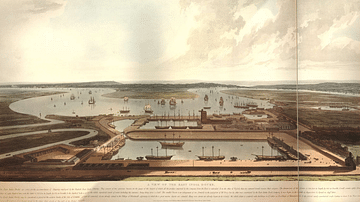
Article
Fall of the East India Company
The British East India Company (1600-1874) was the largest and most successful private enterprise ever created. All-powerful wherever it colonised, the EIC's use of its own private army and increasing territorial control, particularly in...

Article
Trail of Tears: Memorial and Protest of the Cherokee Nation by John Ross
The Trail of Tears was the forced relocation of the "Five Civilized Tribes" – Cherokee, Chickasaw, Choctaw, Muscogee Creek, and Seminole – from their ancestral lands in the Southeastern region of the United States to "Indian Territory" (modern-day...
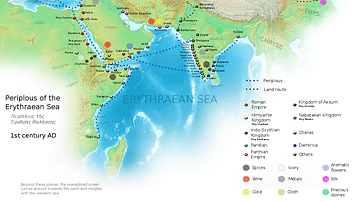
Image
Ancient Indian Maritime Trade Routes
This map is derived from the book Periplus of the Erythraean Sea. It depicts trade routes in the ancient world, ports in the Chera territory and other parts of India and the trade routes connecting them to other parts of the world along with...
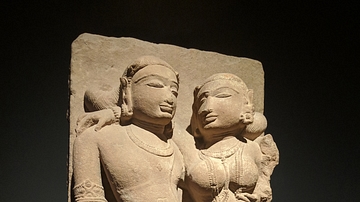
Image
Amorous Indian Couple Relief
Amorous couple from central India, Chandella Dynasty, 11th century CE.
Exhibited at Museum Rietberg, Zurich, Switzerland.
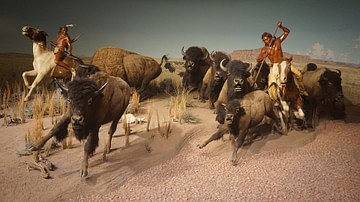
Image
The Crow Indian Buffalo Hunt Diorama
The Crow Indian Bison Hunt diorama.
The North American Indians: A Tribute to Survival exhibit, Milwaukee Public Museum in Milwaukee, Wisconsin, USA.
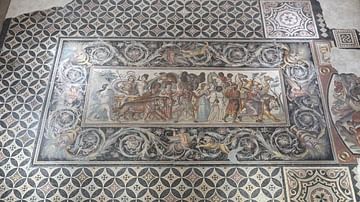
Image
Indian Triumph of Dionysus Mosaic
The Indian Triumph of Dionysus mosaic once decorated a dining room (triclinium) in Setifis, a colony for Roman veterans founded during the reign of Nerva (r. 96-98 CE). The central panel of the mosaic depicts the triumphal return of Dionysus...
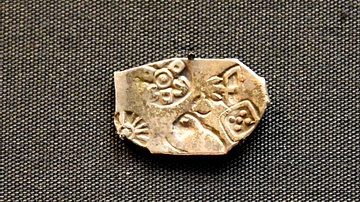
Image
Early Indian Punch-Marked Coin
Early Indian coins were made by cutting sheets of silver into pieces and marking each piece with one or more symbols using small punches. As there are no portraits or inscriptions, the coins are now known by numbers. This coin, for example...
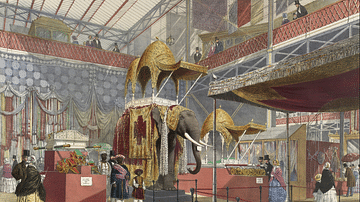
Image
Indian Hall, Great Exhibition
A print of an original watercolour by Joseph Nash showing a section of the Indian Hall in the Crystal Palace of the Great Exhibition of 1851. (British Library, London)
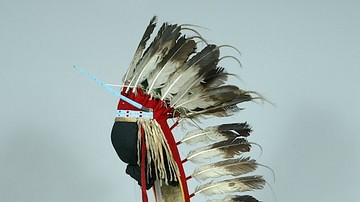
Image
Plains Indian Headdress
Plains Indian headdress such as would have been worn by Roman Nose (Cheyenne warrior) in the 19th century.
The Children’s Museum of Indianapolis, USA.
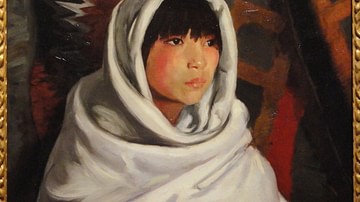
Image
Indian Girl in White Blanket
Indian Girl in White Blanket, painting by Robert Henri, 1917.
Corcoran Gallery of Art, Washington D.C.
Photo by Daderot.